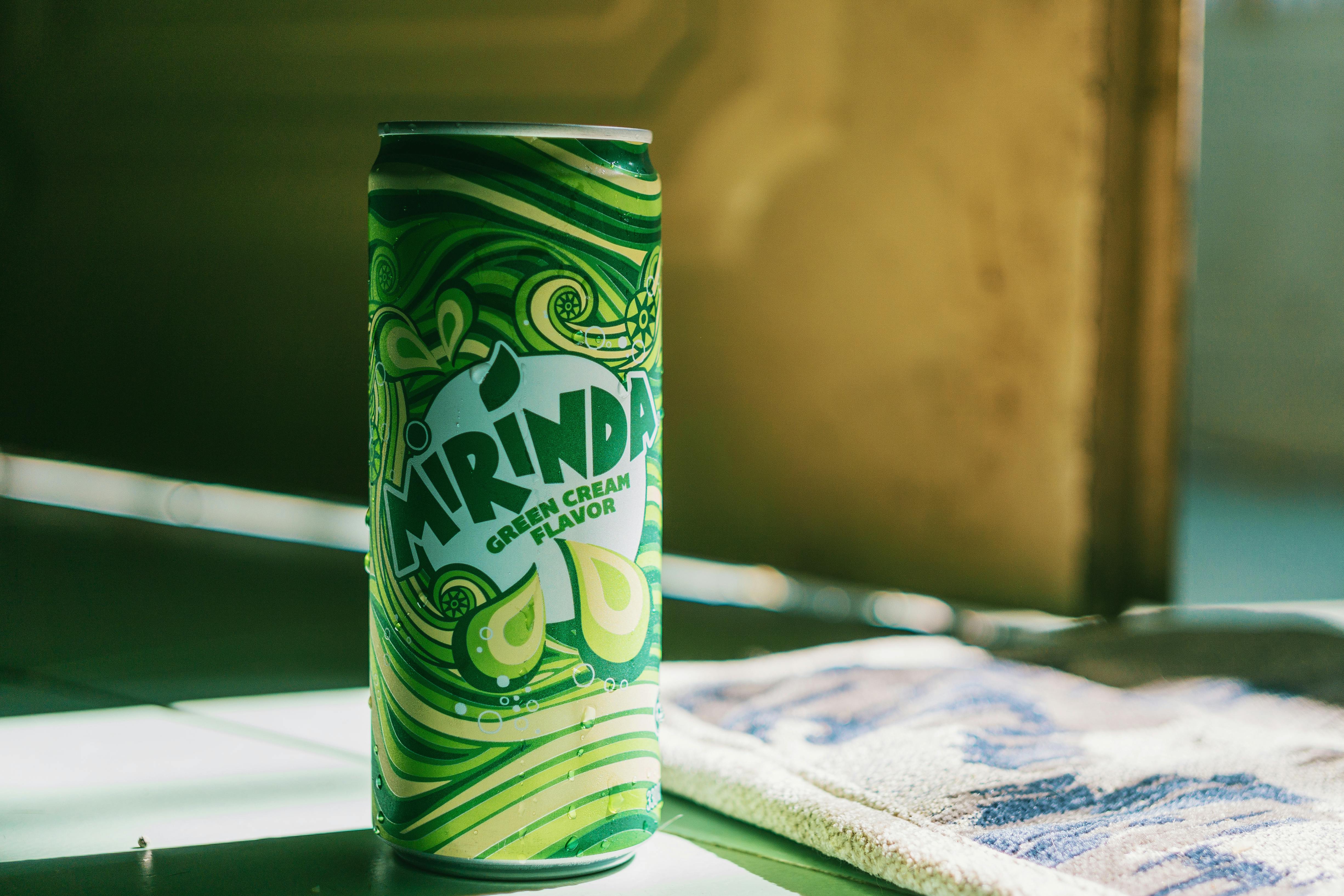Potted blueberries are a popular fruit choice for many gardeners, but how cold can potted blueberries tolerate? Potted blueberries can survive colder temperatures than many other plants, but they do require some special care to ensure they make it through the winter months. In this article, we will explore the temperature range that potted blueberries can withstand and how to properly care for them during those cold winter months.The cold tolerance of potted blueberries depends on the variety being grown, however, as a general guideline, blueberry plants are generally hardy down to temperatures of -20°F (-29°C). It is important to protect potted blueberries from extreme cold and ensure that the soil does not become too wet.
Can Potted Blueberries Survive Cold Temperatures?
Potted blueberries are hardy plants that can tolerate cold temperatures if they are properly cared for. In fact, many varieties of potted blueberries will endure temperatures as low as -20°F without any damage. However, it is important to note that potted blueberries do not thrive in temperatures below 0°F and can suffer from frost damage if exposed to extreme cold.
To help keep your potted blueberries healthy during cold weather, you should take a few simple steps. First, make sure that you keep the soil around the plants moist but not wet. This will help protect the roots from freezing and help insulate them from the cold air. Second, you should also mulch around the base of your potted blueberry plants to provide extra insulation and protect the roots from freezing temperatures. Finally, you should also consider moving your potted blueberry plants indoors during extreme cold snaps or covering them with a tarp or blanket to protect them from frost damage.
By taking these precautions, you can be sure that your potted blueberries will survive even the coldest winter temperatures and be ready to produce delicious fruit come springtime!
How Low Can Temperatures Go for Potted Blueberries?
Potted blueberries are a great way to enjoy fresh, juicy berries year-round. However, it is important to know what temperature range they can tolerate so that you can provide an appropriate environment. Blueberries need temperatures that are fairly cool, but they cannot tolerate extreme cold. In order to ensure the health of your potted blueberry plants, it is important to know how low the temperatures can go before they become stressed or damaged.
The optimal temperature for growing potted blueberries is between 60 and 70 degrees Fahrenheit (15 to 21 degrees Celsius). They will survive temperatures as low as 10 degrees Fahrenheit (-12 degrees Celsius) provided they are not exposed to the cold for too long. If temperatures drop below 10 degrees Fahrenheit (-12 degrees Celsius), then the plants will start to experience stress and may suffer damage. If temperatures drop below 0 degrees Fahrenheit (-18 degrees Celsius), then the plants will likely die off completely.
It is also important to note that blueberries are not frost tolerant and can be damaged by frost from 32 degrees Fahrenheit (0 degrees Celsius) down. Therefore, if you live in an area where temperatures dip below 32 degrees Fahrenheit (0 degrees Celsius) during winter months, it is important to provide some kind of protection for your potted blueberry plants in order to keep them safe from frost damage.
In summary, while potted blueberry plants prefer temperatures between 60 and 70 degrees Fahrenheit (15 to 21 degrees Celsius), they can tolerate cooler temperatures down to 10 degrees Fahrenheit (-12 degree Celsius). However, if temperatures drop below 0 degree Fahrenheit (-18 degree Celsius) or if there is frost from 32 degree Fahrenheit (0 degree Celsius), then the plant will likely suffer damage or die off completely. Therefore, it is important to provide protection for your potted blueberry plants if you live in an area with colder winters.
Minimum Temperature for Potted Blueberries
Potted blueberries need the right amount of water and temperature to thrive. The minimum temperature for potted blueberries is 50°F (10°C). Blueberries can tolerate temperatures as low as 28°F (-2°C), but they will not be able to flower and produce fruit until the temperature reaches 50°F (10°C). It is important to maintain this temperature consistently throughout the day in order to encourage healthy growth.
In order to ensure optimal growing conditions, it is best to place the pot in a sunny spot that receives at least 6 hours of sunlight per day. If your area experiences drastic temperature changes throughout the year, you may want to consider providing some additional protection for your potted blueberries by placing them in a sheltered area or inside a greenhouse.
It is also important to monitor soil moisture levels to make sure the soil is not too dry or too wet. Too little water can cause the plants to wilt, while too much water can lead to root rot and other diseases. The soil should be evenly moist but not soggy. During hot weather, you may need to water your potted blueberries more frequently than you would during cooler periods.
Maintaining the right temperature and soil moisture levels are key factors for successful potted blueberry growth. It is important to ensure that these conditions are met in order for your plants to blossom and produce delicious fruit!
Avoid Too Much Heat with Potted Blueberries
Potted blueberries are an excellent choice if you’re looking for a low-maintenance berry bush in your garden or yard. While blueberries are relatively easy to care for, you should be mindful of the temperatures they’re exposed to. Too much heat can be detrimental to their health and growth. When growing potted blueberries, it’s important to ensure that they don’t get too hot.
Blueberries prefer temperatures between 65°F and 75°F (18°C – 24°C). During the hottest days of summer, temperatures can soar above this range, which can put your precious plants at risk of sunburn or other heat-related damage. If possible, keep your potted blueberries in a shaded area to reduce the risk of sunburn and dehydration. If you don’t have access to a shady area, try grouping several pots together so that the shade from one pot helps protect the other plants from direct sunlight.
You should also keep an eye on nighttime temperatures as well. Blueberries may be able to tolerate some cold weather during the winter months, but if temperatures dip below 55°F (13°C), it could damage or kill your plants. During extreme cold snaps, bring your potted blueberry plants indoors if possible, or cover them with a tarp or blanket to help insulate them from the cold air.
Overall, it’s important to keep your potted blueberry bush in an area where temperatures remain fairly consistent throughout the year. If you take care not to expose them to too much heat or cold, you’ll be rewarded with healthy and delicious berries all season long!

How to Protect Your Potted Blueberries in Cold Temperatures
Blueberries are a popular fruit that can be grown in pots or containers. They require special care to ensure they can thrive even when the temperatures start to drop. Luckily, there are several steps you can take to protect your potted blueberries during cold temperatures.
The first step is to cover the pot with a blanket or sheet. This will help insulate the pot and keep it warmer. You should also consider adding an extra layer of mulch around the pot, which will help keep the soil warm and moist. It is important not to over water the pot during cold weather, as this can cause root rot and other issues for your blueberry bushes.
Another option for protecting your potted blueberries is to move them indoors. If you have a greenhouse or other sheltered area, you can move your potted blueberries there until the temperature outside starts to rise again. Make sure that the area is well ventilated, as too much humidity can cause mold and mildew issues for your plants.
Finally, it is important to make sure that your pots are not exposed to direct sunlight during cold weather. The sun can heat up the pot quickly, which could cause damage to your plants if they are not properly protected from its rays. If you must put them in direct sunlight, make sure that you move them around periodically so that all sides of the pot get equal amounts of sun exposure.
By following these simple steps, you can ensure that your potted blueberries stay healthy even when temperatures drop below freezing point. With proper care and protection, they should be able to survive even through harsh winters without any problems!
The Best Ways to Keep Your Potted Blueberries Safe in Winter
Winter can be a difficult time for potted blueberries. Cold temperatures, snow, and ice can all damage the delicate plants, so it’s important to take steps to protect them. Here are some of the best ways to keep your potted blueberries safe and healthy during the winter months:
1. Move pots indoors: Moving your potted blueberries indoors during the winter is one of the best ways to protect them from cold temperatures and inclement weather. Place the pots in a bright, sunny spot near a window or use grow lights if necessary. Make sure not to place them directly in front of a radiator or other source of heat, as this can damage the roots.
2. Add insulation: To help protect your potted blueberries from cold temperatures, you can add extra insulation around the pot. Wrapping the pot in bubble wrap or newspaper can help insulate it against freezing temperatures.
3. Prune back branches: Pruning back the branches of your potted blueberry plants can help reduce their exposure to cold winds and frosty temperatures. Make sure not to prune too much, as this could damage the plant.
4. Mulch around pots: Adding a thick layer of mulch around your potted blueberry plants can help insulate their roots from extreme cold temperatures. Make sure not to mound up too much mulch around the base of the plant, as this could cause root rot.
5. Water sparingly: During winter months it’s important not to overwater your potted blueberries as this could lead to root rot or other issues. Watering sparingly during winter months is recommended for potted blueberry plants.
By following these tips you should be able to keep your potted blueberry plants safe and healthy throughout winter months!
What to Do if Your Potted Blueberries are Exposed to Low Temperatures
If your potted blueberries have been exposed to low temperatures, it’s important to take steps quickly to ensure that the plants remain healthy. The most important thing is to provide the plants with enough warmth and protection from further cold weather. As blueberries are a cold-sensitive crop, they can suffer from frost damage if the temperature drops too low.
If possible, move the blueberry plants indoors or into a sheltered area such as a greenhouse or polytunnel. This will protect them from any further cold weather and will also provide warmth and protection from the elements. If this isn’t possible, cover the pots with a thick layer of mulch or straw. This will insulate them against any sudden drops in temperature and can help to keep them warm at night.
Once the plants are in a warmer environment, it’s important to monitor their progress closely. Check for signs of frost damage such as wilted leaves or discolouration and inspect any new growth for signs of health. If there is any sign of frost damage, remove any dead or damaged foliage immediately and prune back any affected stems or branches.
It’s also important to keep an eye on water levels during this time as blueberries need regular watering in order to stay healthy and productive. Check the soil regularly for moisture levels and water when needed. It can help to use a mulch layer on top of the soil which will help to retain moisture in between watering sessions.
Finally, make sure you give your potted blueberry plants sufficient nutrients throughout the year in order to promote strong growth and encourage more fruit production. A balanced fertilizer such as fish emulsion or compost tea is ideal for this purpose as it provides essential nutrients that are essential for healthy plant growth.
Overall, taking steps quickly when your potted blueberries are exposed to low temperatures is essential in order to protect them against frost damage and ensure that they remain healthy throughout the year. With careful monitoring and regular care, you should be able to keep your potted blueberry plants thriving even during cold weather conditions.

Conclusion
Potted blueberries are an easy-to-grow, delicious fruit that can be grown in colder climates. They can tolerate temperatures as low as 0°F, but may suffer from some frost damage. Below-freezing temperatures can also cause the plants to go dormant and stop producing fruit. To avoid these issues, it is best to protect potted blueberries from extreme cold by providing protection from wind, mulching the roots, and covering them with a blanket or tarp when needed.With proper care and protection from harsh winter conditions, potted blueberry plants can thrive in colder climates and provide gardeners with tasty fruit for many years to come.
In conclusion, blueberry plants are hardy and can tolerate cold temperatures if properly cared for. Gardeners should take precautions to ensure their potted blueberry plants survive the winter months by providing protection from intense winds, mulching the roots, and covering them with a blanket or tarp when temperatures dip below freezing. With just a few simple steps, gardeners can enjoy fresh blueberries even in a climate where winters are cold.



